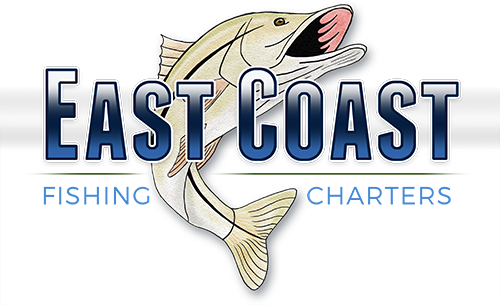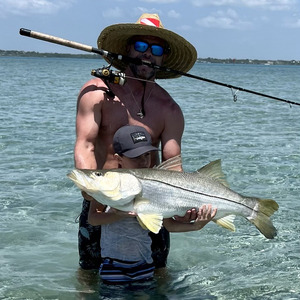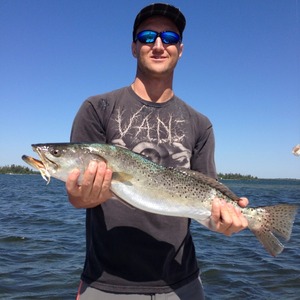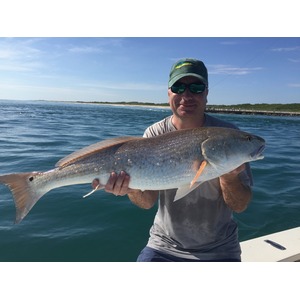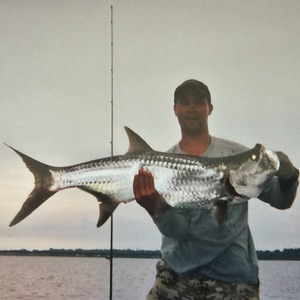Photo Galleries
Popular Fishing Charter Pages: Melbourne • Melbourne Beach • Sebastian Inlet • Vero Beach • Rates & Info • Fishing Reports • Book Now
About Our Fishing Photo Galleries
These real fishing photos come directly from our charters in Melbourne, Melbourne Beach, Sebastian Inlet, and Vero Beach. Every picture is taken on an actual trip with Captain Don.
If you're researching which area offers the best action, browse our dedicated location pages: Melbourne, Melbourne Beach, Sebastian Inlet, and Vero Beach. Each spot has its own unique fishery and seasonal highlights.
Want photos like these from your own trip? Check out our rates & charter options or hit the Book Now button to reserve your date instantly.
Snook
Photos from trips across Melbourne, Melbourne Beach, Sebastian Inlet & Vero Beach.
Anglers come to Melbourne, Sebastian, and Vero Beach which are all centrally located on Florida's central east coast to specifically target these fish. For some, snook is most definitely a bucket list fish! They are one of the big 3 species of sought-after sport fish people like to target.
Trout
Photos from trips across Melbourne, Melbourne Beach, Sebastian Inlet & Vero Beach.
If you are seeking a possible world record fish, Fort Pierce Fl is home of the spotted seatrout. The Fort Pierce area holds multiple records on seatrout including the world record! This fish, caught in 1995, weighed 17 lb 7 oz. The spotted seatrout feed on a number of different baits including artificial or live bait. When fishing with live bait, using shrimp under a popping cork or free-lining with live mullet is always a great choice. When fishing for seatrout using lighter tackle is important, especially when pitching live shrimp or...
Red Drum / Redfish
Photos from trips across Melbourne, Melbourne Beach, Sebastian Inlet & Vero Beach.
The time of year and temperature of the water make a difference on where to find Redfish. Around late summer into fall, large Redfish are spawning near estuary inlets and passes. The Sebastian Inlet is a great destination for these schooling fish. When fishing The Sebastian Inlet it`s important to fish on the right tide, and with the correct bait and tackle. In the winter months you can find redfish schooling on the flats all through the Central East Coast of Florida! These flats are located in three bodies of water; the Mosquito...
Tarpon Fishing
Photos from trips across Melbourne, Melbourne Beach, Sebastian Inlet & Vero Beach.
Battling a tarpon is an experience of a life time for the serious angler! The Tarpon can reach over 7 feet long and weigh over 200 pounds. Tarpon have been given the nickname, "The Silver King" by anglers because of the way sunlight would shimmer off of their silvery scales as they jump into the air. Inside the swim bladder of tarpon are spongy patches of respiratory tissue, much like in human lungs. In other fish, the swim bladder is normally used for buoyancy control, but tarpon are one of the only fish that use it to breath in low-oxygen...
Copyright © 2026 East Coast Fishing Charters
Created by Fencl Web Design
